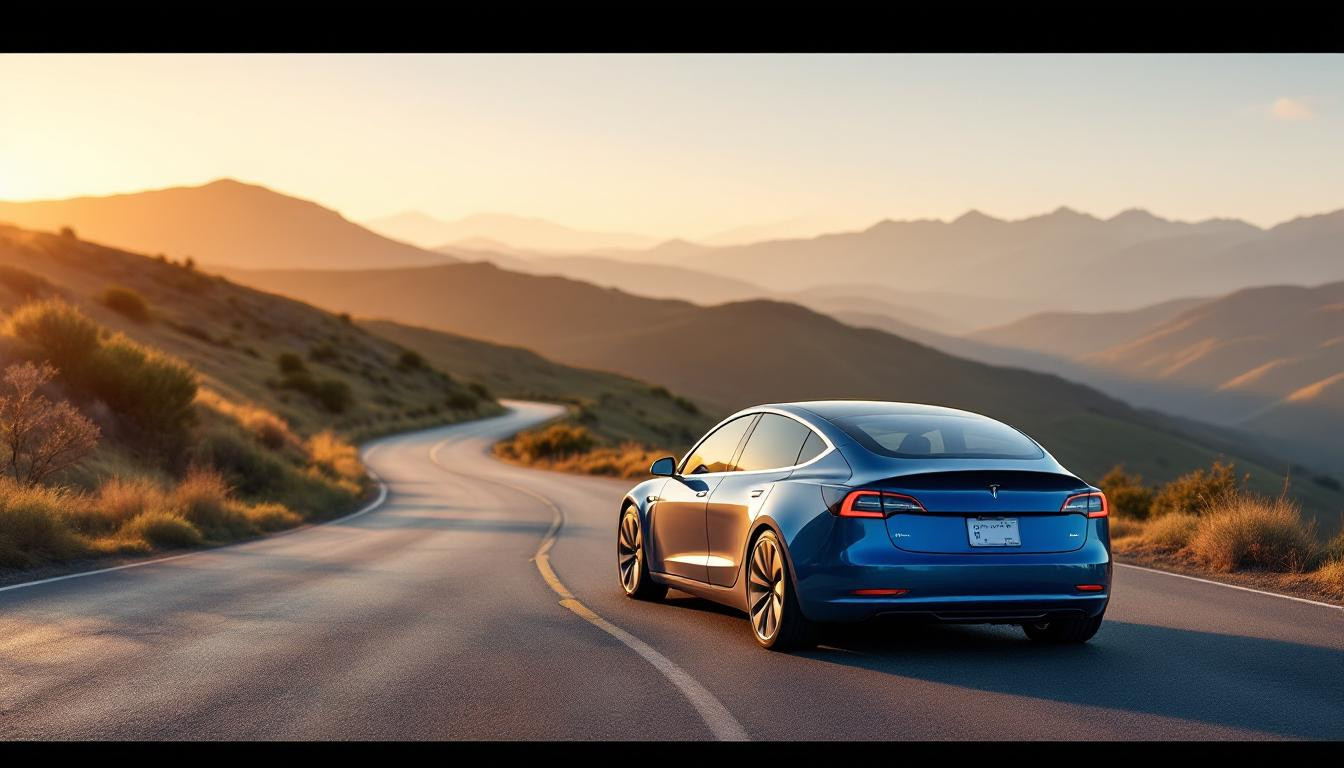As spring 2025 brings a fresh wave of electric vehicle competition, the battle between Tesla Model 3 and BMW i4 has never been more relevant. While Tesla has faced challenges in recent months, this electric sedan showdown reveals how these two automotive powerhouses are approaching the future of mobility with distinctly different philosophies.
The price of electric luxury: Is premium worth the premium?
The competition begins at the dealership, with the Tesla Model 3 starting at $47,990 while the BMW i4 commands $52,000 for its base eDrive35 model. This $4,000 gap widens as you move up the range, with the i4 M50 reaching a substantial $66,000.
“Tesla maintains a significant value advantage at the entry point,” notes James Harrington, automotive pricing analyst. “For consumers making the switch to electric, that initial price difference can be decisive, especially as spring car buying heats up.”
Range wars: The battle of the batteries
In the critical metric of range, Tesla maintains its traditional advantage:
- Tesla Model 3 Long Range: Up to 629 km (390 miles)
- BMW i4 eDrive40: Up to 484 km (301 miles)
This range difference resembles the gap between a marathon runner and a middle-distance specialist – both impressive, but designed for different competitions. Despite recent struggles with other models, Tesla’s efficiency technology remains industry-leading.
Performance perspective: Speed versus driving dynamics
The Tesla Model 3 Performance accelerates from 0-100 km/h in a blistering 3.1 seconds, compared to the BMW i4 M50’s 3.7 seconds. However, raw acceleration doesn’t tell the complete story.
“The i4 delivers performance like a finely tailored suit rather than a muscle shirt,” explains Robert Chen, performance vehicle engineer. “Its handling precision and chassis balance give it a sophisticated driving character that numbers alone can’t convey.”
Design philosophy: Minimalism versus luxury
Step inside these competitors and their differing approaches become immediately apparent. The Model 3 embraces ruthless minimalism with its single 15.4-inch display controlling virtually everything. The BMW i4 counters with a dual-screen setup (12.3″ + 14.9″) wrapped in premium materials.
Charging infrastructure: The supercharger advantage
Tesla’s proprietary Supercharger network remains a significant advantage for spring road-trippers, offering 250 kW charging speeds and widespread availability. BMW owners must navigate third-party charging networks, though the i4 can accept up to 200 kW when connected to compatible stations.
The interior experience: Less versus more
- Tesla: Minimalist design, spacious feel, glass roof
- BMW: Traditional luxury, physical controls, superior materials
- Both: High-quality audio systems and comprehensive safety features
For potential buyers this spring, this choice resembles deciding between a streamlined approach to organization versus a more traditional but comprehensive solution.
Tax considerations for 2025 purchases
With tax incentives evolving in 2025, the financial equation continues shifting. Some Tesla models may qualify for federal incentives, potentially increasing their value proposition further against premium competitors like BMW.
The electric sedan battle between Tesla Model 3 and BMW i4 ultimately represents two valid visions of our automotive future. Tesla continues pioneering efficiency and technology integration, while BMW demonstrates that electrification doesn’t require abandoning luxury traditions. As competition intensifies this spring, consumers win with increasingly compelling options that make the switch to electric more attractive than ever – whether you prefer Silicon Valley innovation or German engineering heritage. Perhaps the return of other automotive icons will further energize this exciting segment.
